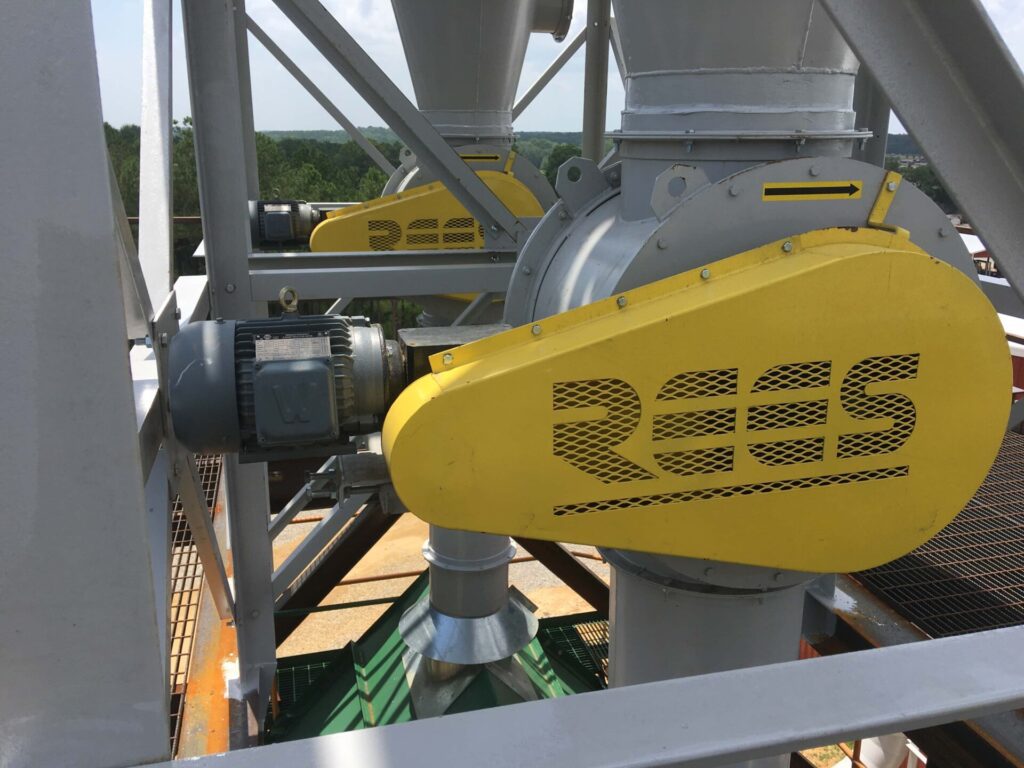An essential but often overlooked aspect of industrial processes is dust control. Ensuring the safety, efficiency, and longevity of your operations involves investing in a robust industrial dust collection system. If you’re contemplating installing a dust collection system, you might be wondering about the associated costs and the return on investment (ROI). This blog post aims to shed light on these factors and guide you in making an informed decision.
What is an Industrial Dust Collection System?
Before delving into the costs and ROI, let’s first understand what an industrial dust collection system is. Simply put, these systems are engineered solutions designed to remove airborne contaminants from industrial processes. They improve air quality, enhance safety, prolong the lifespan of equipment, and comply with environmental and occupational health regulations.
The Cost of an Industrial Dust Collection System
The cost of an industrial dust collection system depends on several factors, including:
- Size and Capacity: Larger systems with a higher capacity for dust collection are costlier than smaller systems. The system’s size should correspond with the size and needs of your facility.
- Customization: If your operation has specific needs, a custom-designed dust collection system may be necessary, which can increase the cost.
- Installation: Installation costs vary depending on the complexity of the system, site preparation requirements, and the need for any ancillary equipment.
- Maintenance: Regular maintenance, including filter replacements and system checks, is essential for the system’s efficient functioning, adding to the overall costs.
The ROI of an Industrial Dust Collection System

While the costs associated with installing an industrial dust collection system might seem significant, it’s crucial to consider the considerable returns on investment:
- Improved Health and Safety: Dust collection systems improve air quality, reducing health risks for employees. This can decrease sick leaves, boost productivity, and reduce healthcare and insurance costs.
- Regulatory Compliance: Fines and penalties for non-compliance with environmental and occupational health regulations can be substantial. A dust collection system helps avoid such costs.
- Increased Equipment Lifespan: Dust can cause significant wear and tear on machinery. By reducing dust, these systems can enhance equipment longevity, reducing repair and replacement costs.
- Energy Savings: Modern dust collection systems are energy-efficient. By replacing an old, inefficient system, you can save on energy costs.
Calculating ROI
To determine the ROI of installing an industrial dust collection system, you need to consider both the system’s total cost and the cost savings and benefits it provides. Cost savings include reduced healthcare and insurance costs, fewer regulatory fines, lower equipment maintenance costs, and energy savings. The difference between the total cost and the savings/benefits gives the ROI.
Investing in an industrial dust collection system involves significant upfront costs. However, the substantial benefits and cost savings these systems provide make them a worthy investment. Remember, while the initial costs might seem high, the long-term ROI in terms of improved health and safety, regulatory compliance, and operational efficiency is invaluable.

